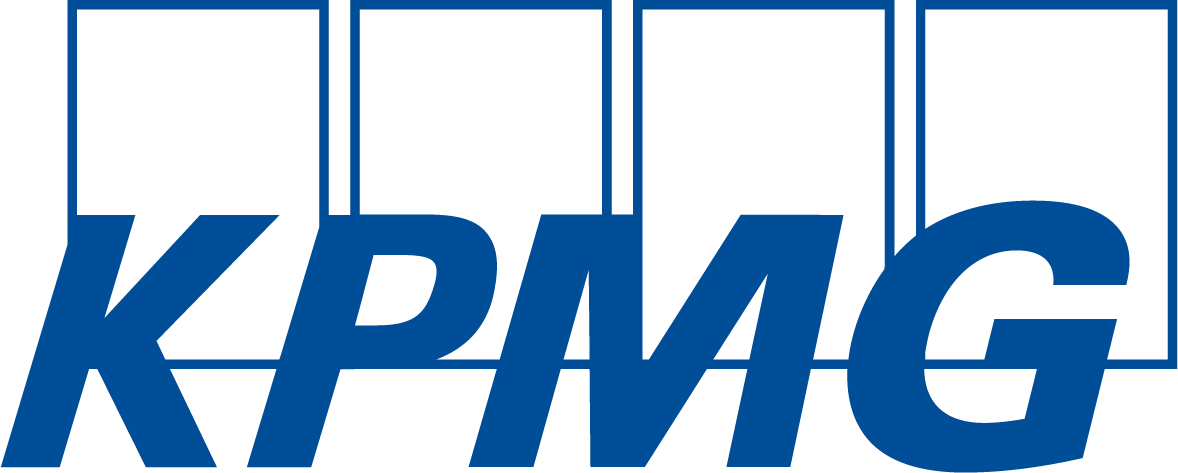Integrating Circular Economy into Sustainability Strategies
Embedding the circular economy into sustainability strategies is key for businesses aiming for long-term environmental and economic success. This involves aligning circular principles, such as resource efficiency and waste reduction, with overall business goals, integrating them into all areas, including product design, supply chains and operations.
Many businesses are only beginning to move from theory to practice, requiring guidance on implementing standards, such as ESRS E5. “Companies must see circular economy principles as central to their business strategy, with clear goals for resource efficiency and waste reduction,” says Peter Škyrta, Sustainability Manager at KPMG in Slovakia.
By integrating the circular principles, companies can contribute to a more sustainable and resource-efficient world while gaining a competitive advantage.
Challenges in Implementing Circular Solutions
Despite growing awareness, many businesses face difficulties in fully adopting circular economy models. One of the biggest challenges is a narrow view of the circular economy as merely waste management, rather than a broader business strategy, which limits its potential impact.
Another significant obstacle is data collection and automation. Tracking and reporting progress on resource use and waste management effectively require accurate data, but setting up the necessary systems can be complex and resource intensive. Slovak businesses, like many others globally, are not yet fully prepared for systematic reporting. KPMG’s analysis shows that 78% of companies are not ready for such reporting, indicating a strong need for further education and support.
Compliance with new regulations like the Corporate Sustainability Reporting Directive (CSRD) also demands time and resources, even for companies with advanced sustainability reporting. However, with the right tools and guidance, businesses can turn these challenges into opportunities for growth and improvement.
The Future of the Circular Economy
Looking ahead, the circular economy will become an increasingly central part of business strategies, driven by evolving regulatory frameworks and growing consumer demand for sustainable practices. The EU taxonomy, for example, provides a classification system that guides investments towards sustainable activities, including those that support circular economy goals. This framework offers clearer guidance for businesses, reducing regulatory uncertainty and promoting sustainable investment.
The EU’s focus on sustainability reporting will further accelerate the adoption of circular practices. Businesses will be required to disclose their environmental impact and sustainability efforts, pushing them towards more transparent and responsible practices. Additionally, the EU incentives, such as funding programs for circular innovation, are supporting the development of new technologies and solutions to foster more circular economy.
 The Situation in Slovakia
The Situation in Slovakia
In Slovakia, the circular economy transition is gaining traction, though it remains in its early stages compared to more developed European markets. Slovak businesses are becoming increasingly aware of the benefits of circular practices, and government policies are aligning with EU sustainability goals. Initiatives such as the Slovak Waste Management Plan are designed to promote recycling and resource efficiency. However, challenges remain, including limited access to funding and the need for better recycling infrastructure.
A SWOT analysis of the circular economy in Slovakia highlights the following:
- Strengths: Growing interest in circular economy topics, political support, and a stronger environmental legislation framework.Weaknesses: Persistent issues with landfilling and low recycling rates.
- Opportunities: Increased education, digitalization, eco-innovation investments, and better recovery rates for industrial and commercial waste.
- Risks: Weaker inter-ministerial cooperation and a lack of organizational, staff, and financial resources.
Recommendations for Businesses
For companies looking to integrate circular models, it is essential to understand the obligations arising from the EU taxonomy and CSRD. They should incorporate the technical criteria from these frameworks into their project plans and designs, ensuring they meet environmental objectives.
“Businesses should take a proactive approach to adopting circular economy principles,” advises further Peter Škyrta. “This involves not only understanding and implementing new regulations but also investing in education and training to build internal capacity for circular practices.”
Learning from industry leaders provides valuable insights into successful circular models. IKEA, for instance, designs modular, long-lasting furniture and offers repair and recycling services. Similarly, Patagonia’s “Worn Wear” program encourages customers to repair and recycle products, extending their life and reducing waste.
The Competitive Edge of Circular Economy Integration
Integrating circular economy principles offers a competitive edge by aligning environmental responsibility with business growth. As ESG factors gain prominence in global markets, companies adopting circular practices showcase their commitment to long-term sustainability, building trust with investors and stakeholders. ESG certification enhances reputation, mitigates risks, and attracts institutional investors who prioritize sustainability.
By embedding circular principles into their operations, businesses can improve resource efficiency, reduce costs, and strengthen their market position, positioning themselves as leaders in sustainability and driving long-term success for both business and society.
ESG services team of KPMG in Slovakia



Follow us